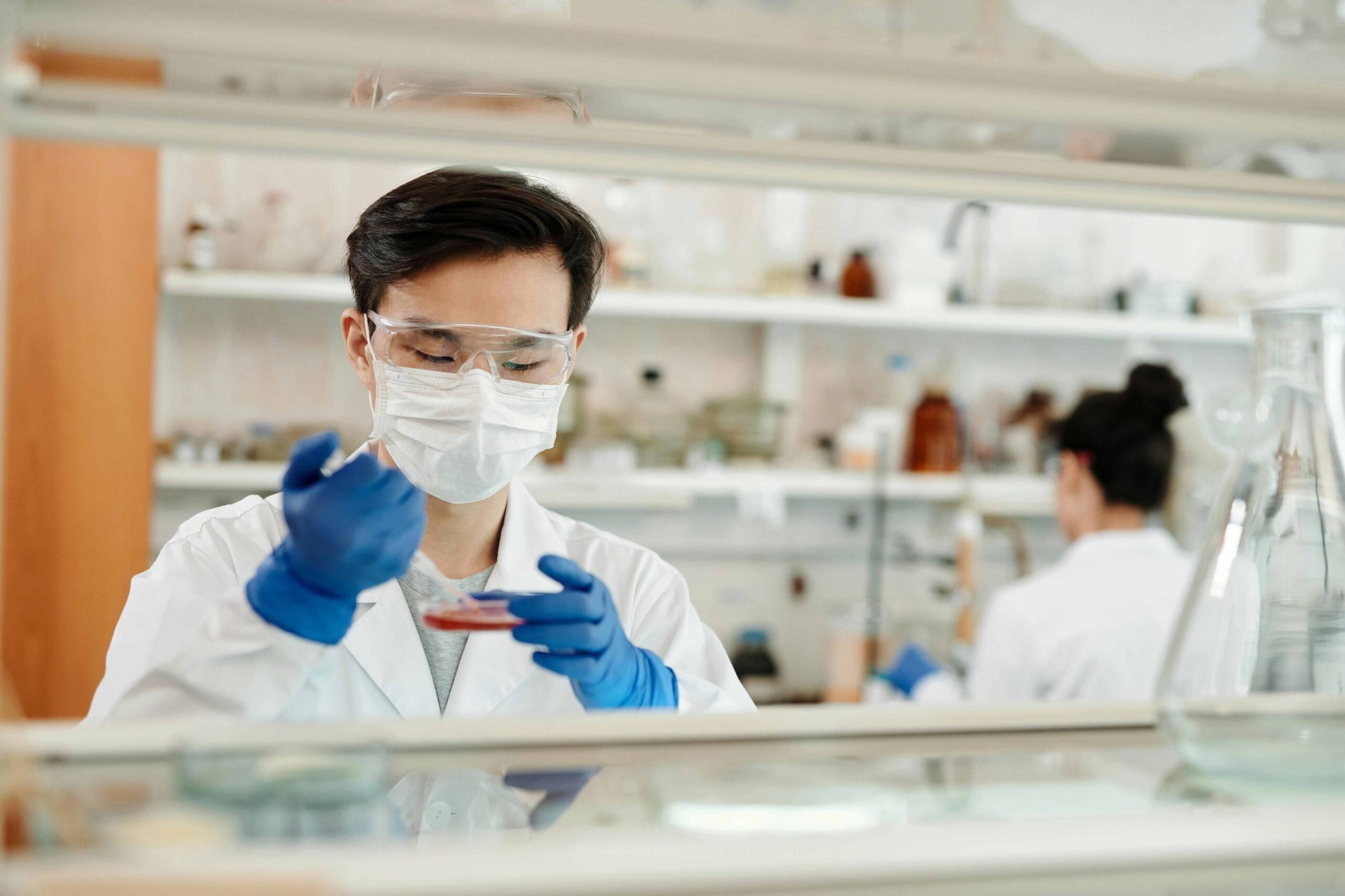
Science vs Technology: Which One Transforms the World More?
Article Level: C1-C2
Explanation: This article explores the distinct yet interconnected roles of science and technology in shaping our world. While technology visibly transforms daily life, science provides the foundational knowledge. Together, their synergy drives the greatest human progress.
Commonly Used Words from the Article
-
Phenomena /fəˈnɒmɪnə/ (noun): Observable events, especially those that are not fully understood.
Scientific research helps us explain natural phenomena such as earthquakes and eclipses. -
Intertwined /ˌɪntəˈtwaɪnd/ (adjective): Closely connected or linked in a complicated way.
In modern research, science and technology are deeply intertwined.. -
Synergy /ˈsɪnədʒi/ (noun): The increased effectiveness that results when two or more people or systems work together.
The synergy between AI and data science is accelerating innovation. -
Revolutionised /ˌrɛvəˈluːʃənaɪzd/ (verb, past): Changed something in a fundamental or dramatic way.
The internet has revolutionised how we access information.. -
Milestone /ˈmaɪlstəʊn/ (noun): A significant stage or event in development.
The moon landing was a major milestone in space exploration.
Audio File of the Article
Read more: Science vs Technology: Which One Transforms the World More?

Science vs Technology: Which One Transforms the World More?
Throughout history, both science and technology have shaped the modern world in remarkable ways. Yet, while these two concepts are deeply intertwined, they are not the same. Understanding the distinction between science and technology—and their respective roles in driving progress—reveals which may have the greater transformative power in society.
Science is fundamentally about understanding the natural world. It seeks to answer the “why” behind phenomena. From Newton’s laws to the discovery of DNA, scientific breakthroughs have expanded our knowledge and enabled further exploration of the universe. Science offers explanations, builds theories, and provides the foundations upon which technology is built.
Technology, on the other hand, is the practical application of that scientific knowledge. It focuses on solving real-world problems, improving efficiency, and creating new tools or systems. From the wheel to the internet, technology alters how we live, work, and connect. While science tells us what is possible, technology shows us how to make it happen.
So, which one transforms the world more—science or technology? The answer depends on how we define “transformation.” If we mean a shift in how people live day to day, technology has arguably had the more visible impact. The smartphone, for example, changed communication, commerce, and culture almost overnight. Electricity, antibiotics, and transport systems are other technological milestones that have revolutionised society.
However, behind each of these innovations lies a scientific discovery. Without an understanding of electromagnetism, antibiotics, or thermodynamics, the related technologies wouldn’t exist. Science provides the engine; technology is the vehicle. In this sense, science is the root of transformation, while technology delivers it to the world.
In the 21st century, the line between science and technology continues to blur. Fields like artificial intelligence, quantum computing, and biotechnology represent areas where scientific theory and technological innovation evolve hand in hand. This synergy accelerates progress more than either could achieve alone.
Ultimately, science changes the way we understand the world, while technology changes the way we live in it. Science transforms thought; technology transforms action. Both are essential, but in terms of visible impact, technology may seem to lead. Yet, without science, technology would have no compass.
The greatest transformation occurs when the two work in harmony—when discovery and invention drive one another forward. That is the true engine of human progress.

Grammar Notes
The article employs complex sentences, passive voice, and metaphorical comparisons.
Grammar Lesson: Use of Complex Sentences
A complex sentence contains one main clause and one or more subordinate clauses. These allow writers to express more sophisticated ideas.
Example from article:
“Without an understanding of electromagnetism, antibiotics, or thermodynamics, the related technologies wouldn’t exist.”
-
Main clause: “the related technologies wouldn’t exist”
-
Subordinate clause: “Without an understanding of…”
Tip: Use subordinating conjunctions (because, although, if, unless, while, since) to create complex sentences that explain cause, contrast, or time.
Join Our FREE English Grammar Course and improve your grammar skills!

Five Questions Based on the Article
-
How does the article distinguish between science and technology in terms of purpose?
-
What argument is made for technology being the more visibly transformative force?
-
Why is science described as the “engine” of transformation?
-
How does the article suggest the relationship between science and technology has evolved in the 21st century?
- What conclusion does the article draw about the combined power of science and technology?
Join Our FREE Weekly English-speaking Class and improve your speaking skills!

We’d love to hear your thoughts! Join the conversation by leaving a comment below. Sharing your insights, questions, or experiences can help you connect with others in our English learning community. It’s a great way to practice your English skills, engage with like-minded individuals, and improve together. Don’t be shy—jump in and let’s keep the discussion going!

 EnglishMasteryHub
EnglishMasteryHub